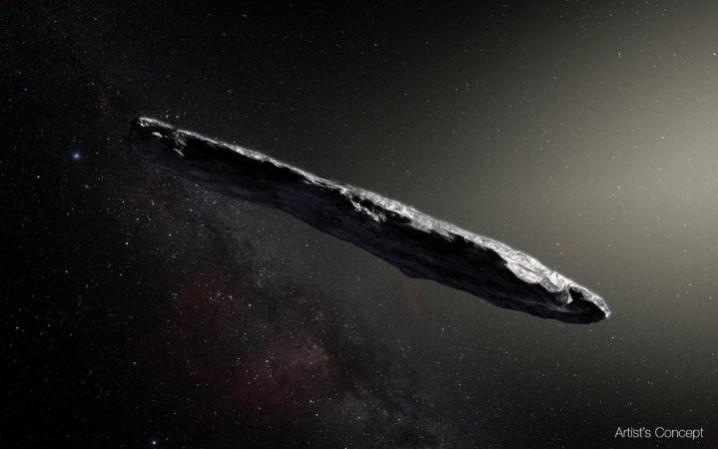It was in 2017 that scientists discovered Oumuamua, the first interstellar visitor that reached the solar system. The initial analysis of Oumuamua revealed that it could be an interstellar asteroid. However, a new study has suggested that modern space science has gone completely wrong about this interstellar visitor. According to the study conducted by researchers at the University of Chicago, Oumuamua could be most probably hydrogen iceberg.
How Oumuamua formed?
Researchers who took part in this study suggested that there could be many space bodies like Oumuamua lurking in the dark nooks of the space. The study report which is now published in The Astrophysical Journal Letters revealed that similar bodies like Oumuamua could have formed in the dense cores of molecular clouds throughout our Milky Way galaxy.

New theory dismisses alien hypothesis
After the discovery of Oumuamua, Avi Loeb, a top researcher at Harvard University had suggested that this interstellar object could be an alien probe from an advanced civilization. According to Loeb, the weird trajectory and sudden acceleration of Oumuamua clearly indicates its artificial origin.
However, the new theory of Oumuamua being a hydrogen iceberg could help to dismiss the alien hypothesis.
"We developed a theory that explains all of 'Oumuamua's weird properties. We show that it was likely composed of hydrogen ice. This is a new type of object, but it looks like there may be many more of them showing up, going forward," said Gregory Laughlin, an astronomer at Yale University who was also a part of this study, Space reports.
Until now, humans have not observed these hydrogen icebergs more, and as a result, the behavior of these space bodies could be strange for modern space science.
As the new theory successfully explains the weird nature of Oumuamua, alien enthusiasts are all in a state of disappointment, as they could have to wait some more time for the crucial first contact.

















